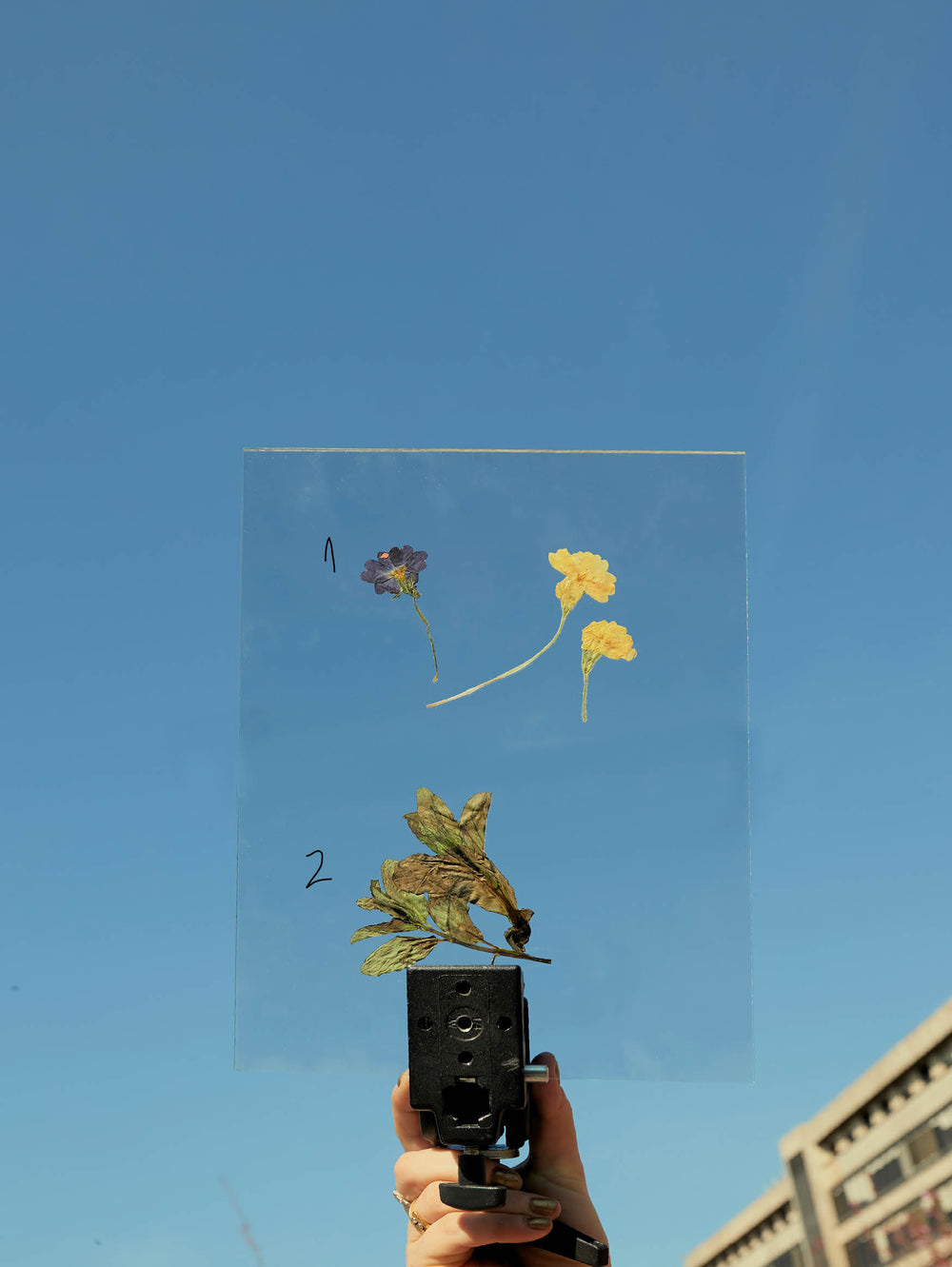04 Pamphlet - Orto Bello
Orti urbani


You can see from the trains entering the city, in the unlikely spaces between houses and the railway. They appeared during the Second World War out of pure necessity.
They have spread in the suburbs, in uncultivated areas and interstices, used as a retirement hobby with nostalgia for the countryside.
Today urban gardens have become a “political” subject at the center of urgent issues. They are favored by the administrations of cities such as Reggio Emilia, Turin and Milan as a tool for social promotion and ecological practice. Entrusted from individuals and associations, they lose in spontaneity but gain in the overall impact, doing good for the city.
Why urban gardens? To come back to work the land, which is always good; eat (almost) natural and zero km fruits and vegetables; recover and enhance small abandoned areas; encourage interaction between people, communities and territory.
One above all: Prinzessinen Garten in Kreuzberg, almost in the center of Berlin, in a gentrification area.
In the midst of a sea of concrete and asphalt, a self-managed vegetable garden has sprung some years ago, where those who want can go to cultivate and harvest. Surrounding it, a bar and restaurant with local products, cultural and aggregative initiatives. A nice example to follow in every sense, like Cascina Cuccagna (Un Posto A Milano) is already doing in Milan since some years.



